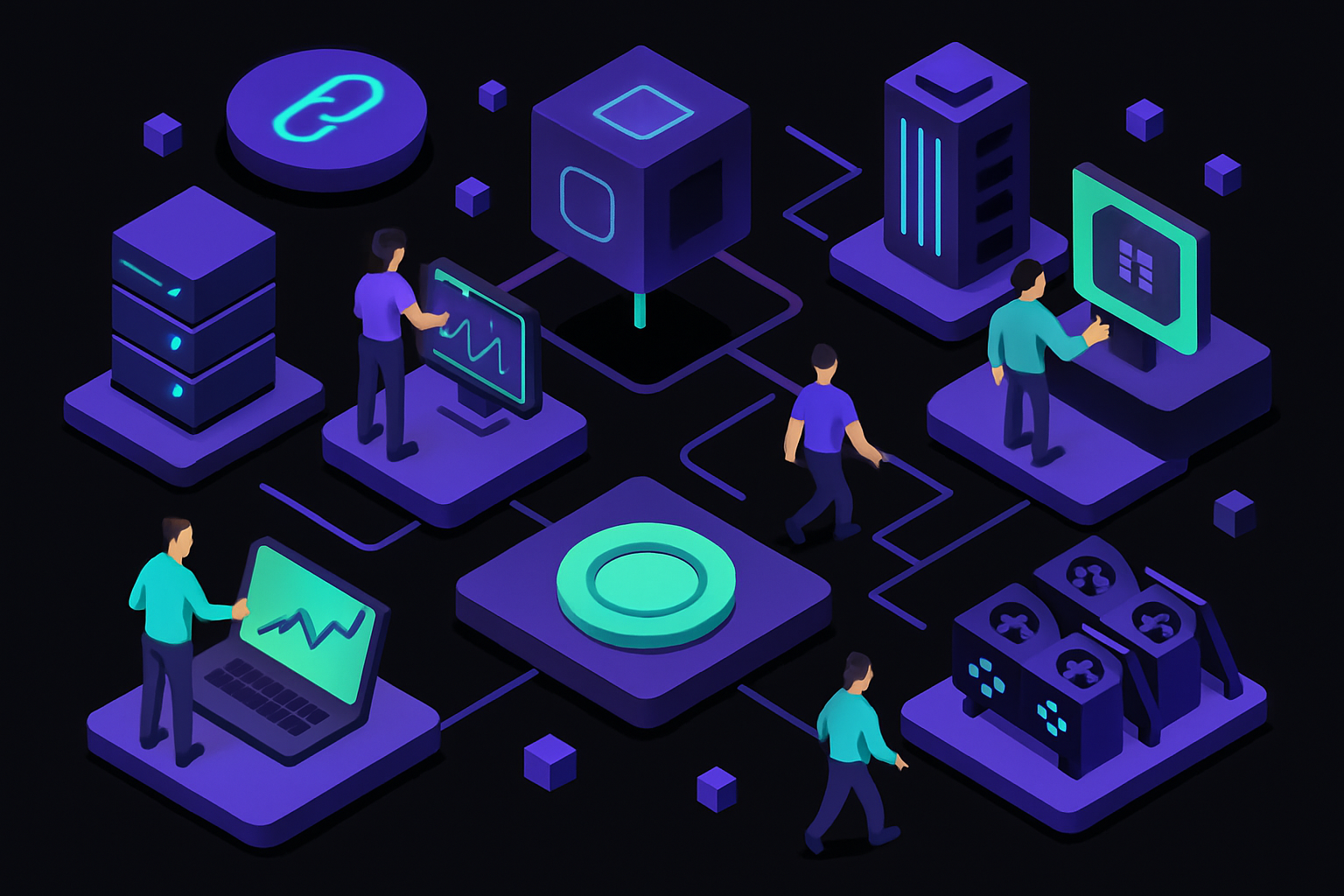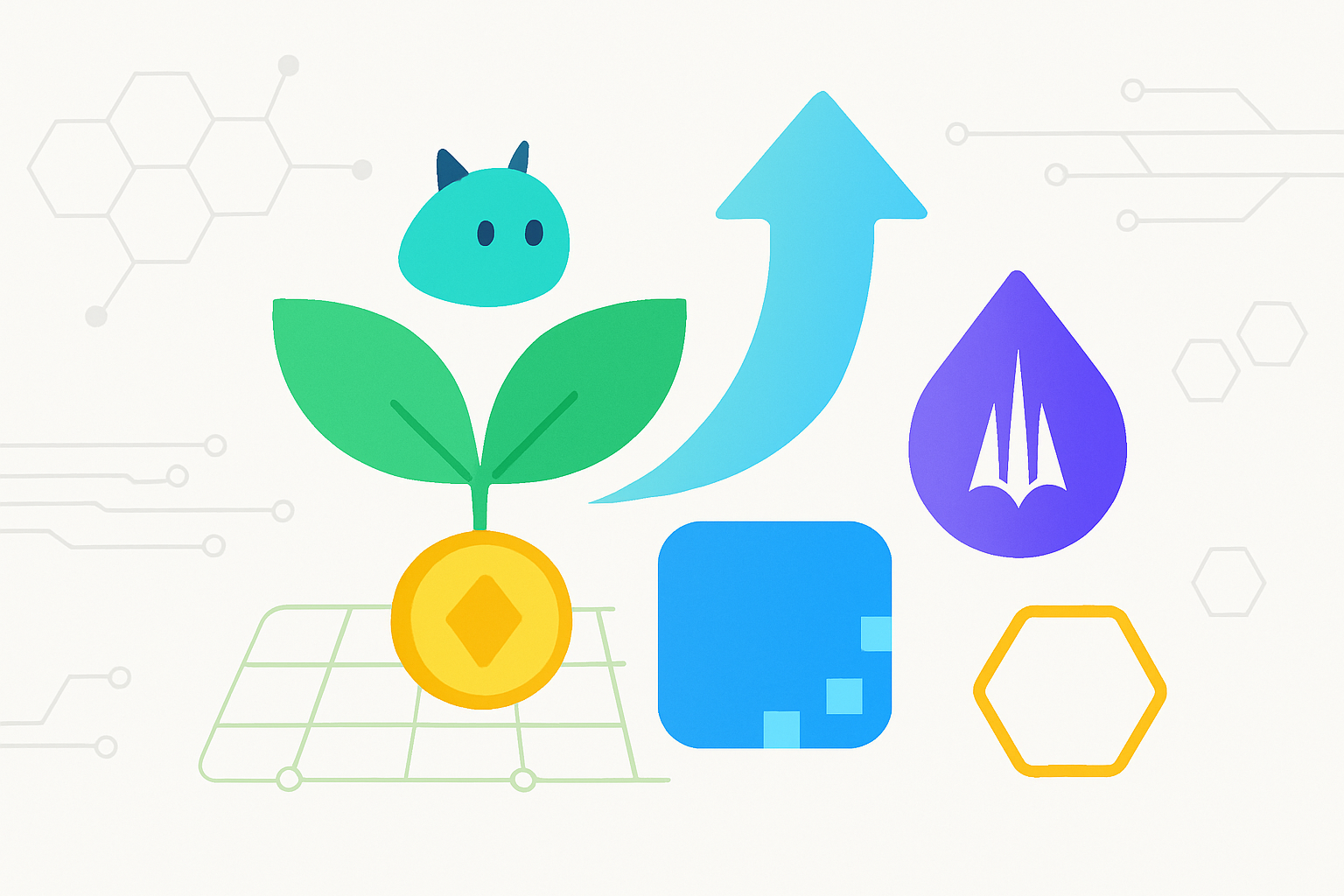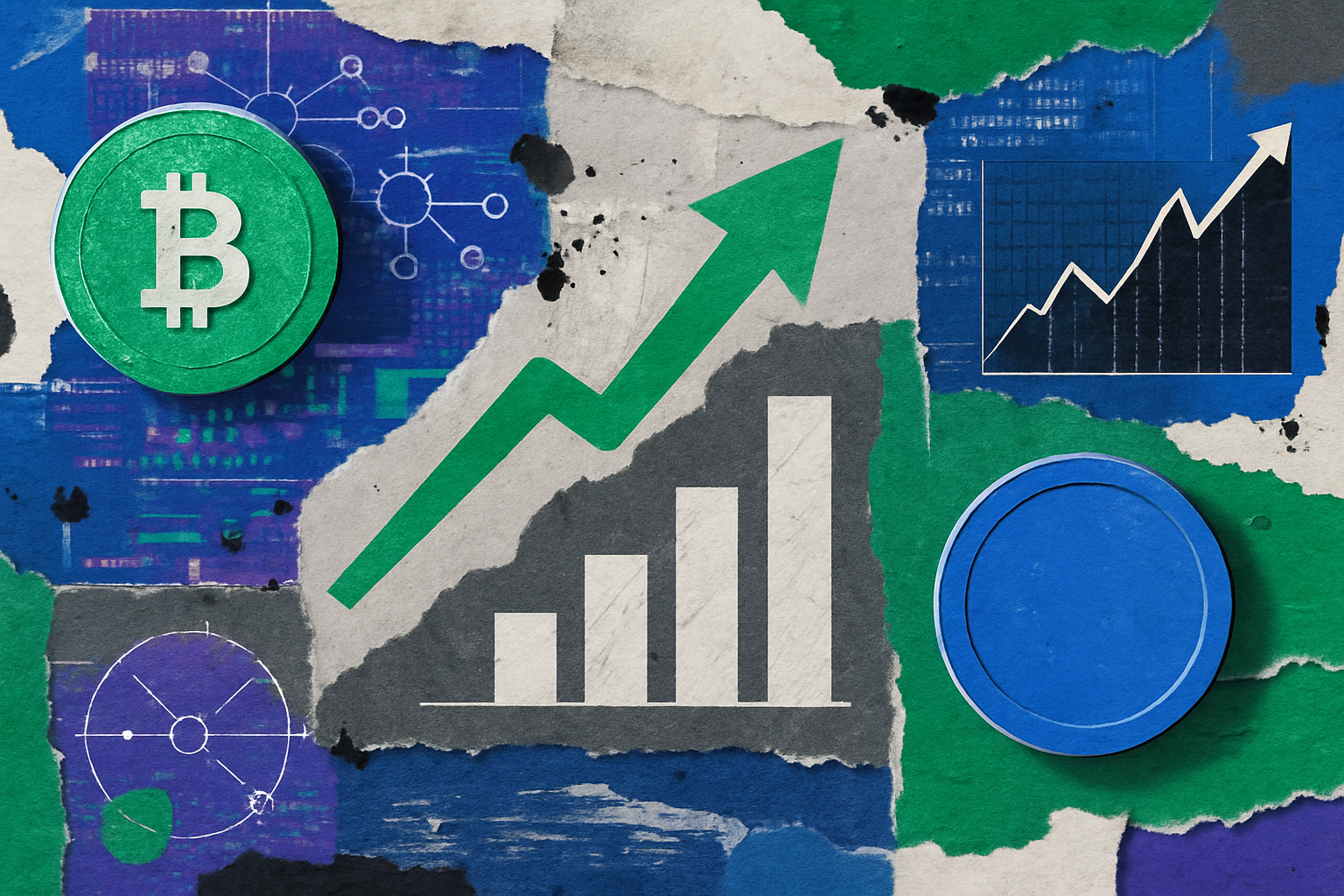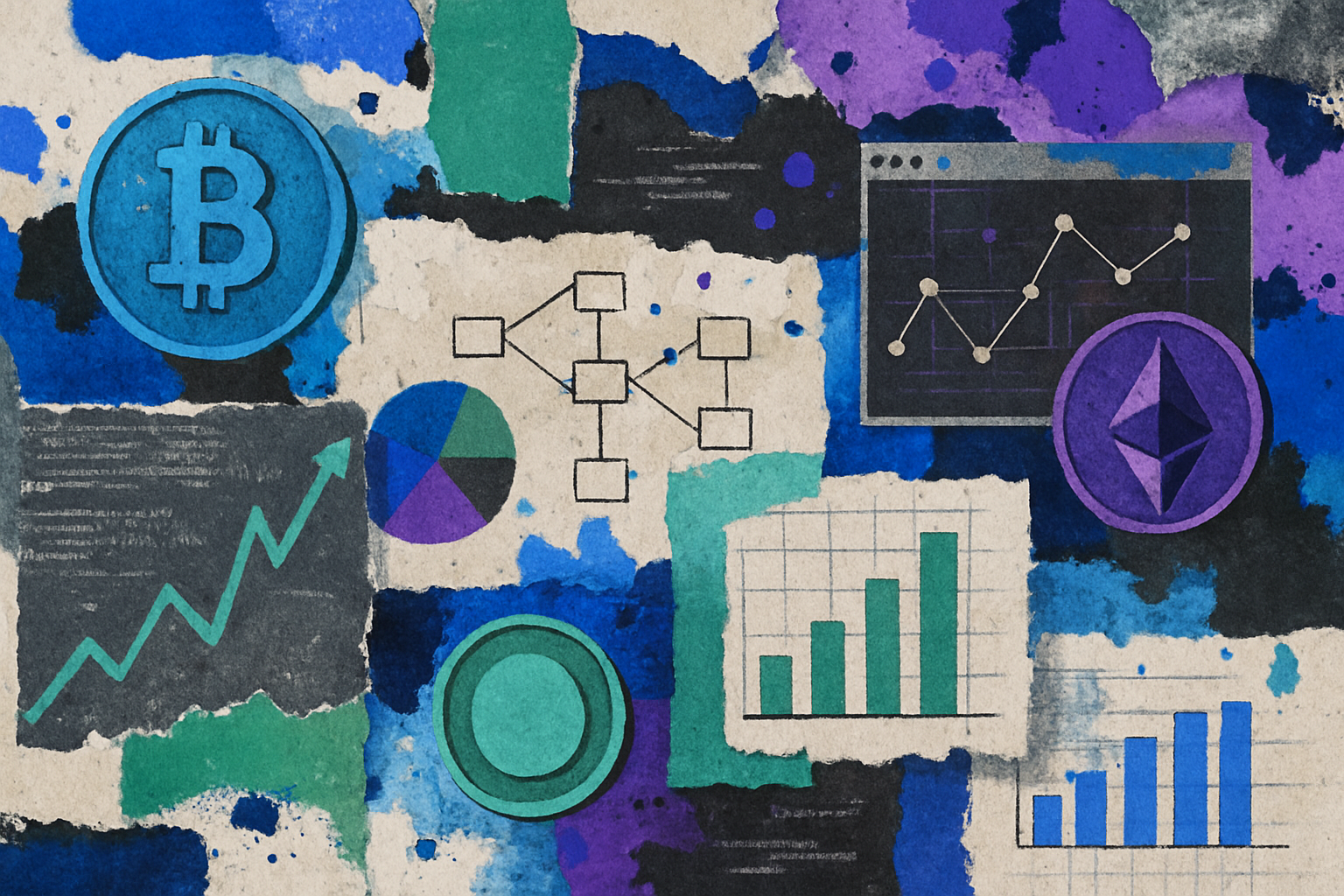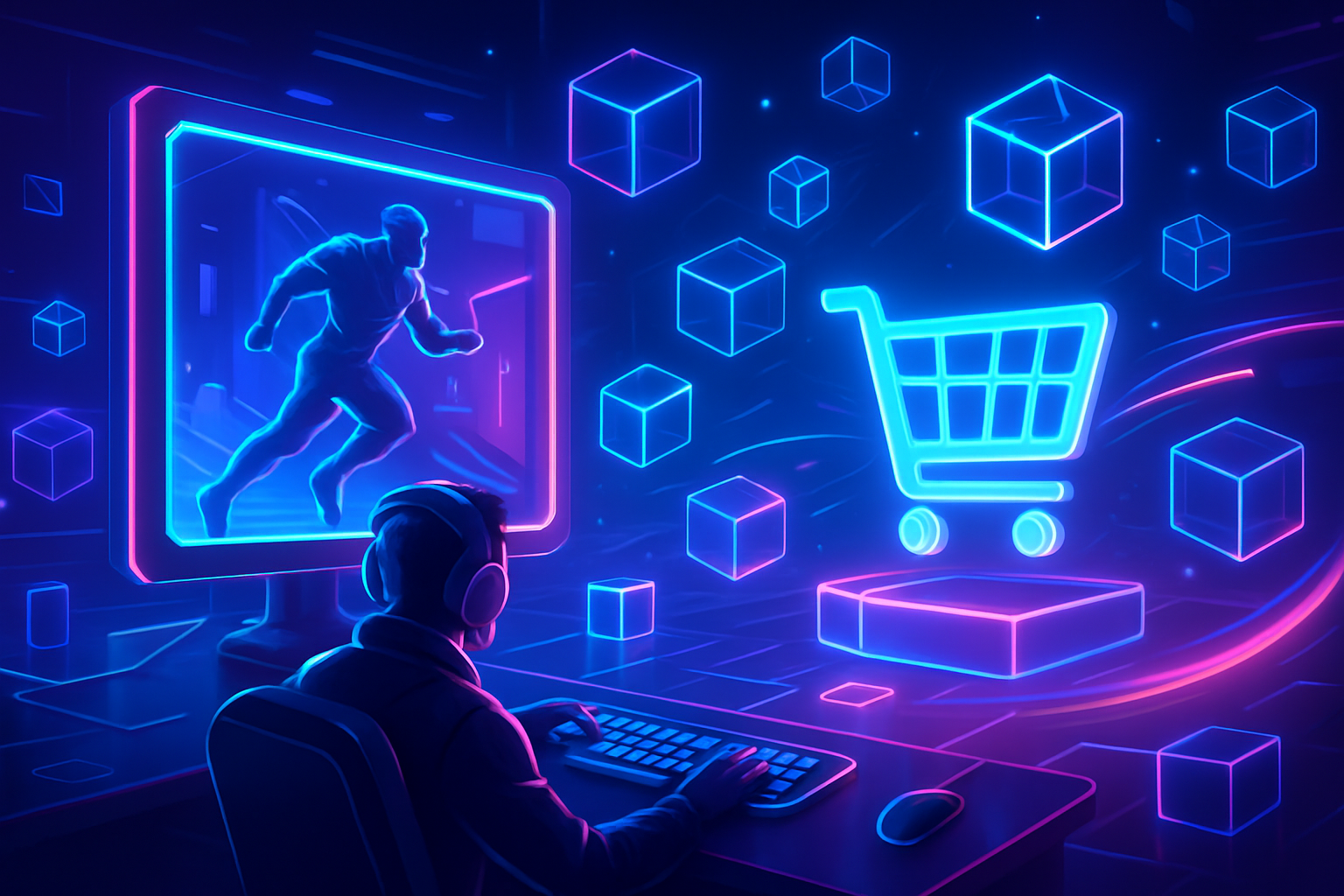
Blockchain marketplaces are at the heart of a seismic shift in gaming economies, transforming the way players interact with digital worlds and their assets. No longer confined to closed, developer-controlled ecosystems, gamers can now earn real-world value through play-to-earn NFT economies, thanks to the transparency and interoperability of blockchain technology. This revolution is not just technical – it’s fundamentally economic, reshaping digital labor and empowering players as stakeholders in the games they love.
From In-Game Items to Real-World Value: The Rise of Blockchain Gaming Marketplaces
Traditional gaming models have long kept valuable in-game assets locked within proprietary platforms. Players might spend hundreds of hours or dollars collecting rare skins, weapons, or characters, only to find these items are non-transferable and ultimately valueless outside their original game. Blockchain disrupts this paradigm by tokenizing in-game assets as NFTs, granting true ownership and enabling open trading on decentralized marketplaces.
Platforms like OpenSea and UltiArena exemplify this shift. On these blockchain gaming marketplaces, players freely buy, sell, or trade their NFTs peer-to-peer, without the need for intermediaries or centralized oversight. This new liquidity has turned gaming into a viable economic activity for millions worldwide – a phenomenon highlighted by Axie Infinity’s meteoric rise on Ethereum. At the time of writing, Axie Infinity’s AXS token trades at $2.23, reflecting ongoing community engagement and real-world demand for digital assets (source).
The Mechanics Behind Play-to-Earn NFT Economies
The play-to-earn (P2E) model flips traditional monetization on its head. Instead of paying to play or grinding for intangible achievements, gamers are rewarded with cryptocurrency tokens or NFTs that hold tangible value beyond the game itself. These rewards can be traded for other crypto assets or fiat money on open blockchain markets.
This model has given rise to a new form of digital labor – one where time spent gaming can meaningfully contribute to personal income streams. However, it also introduces challenges around economic sustainability and tokenomics design. Early P2E ecosystems sometimes suffered from hyper-inflationary reward systems that undermined token value over time. Developers now experiment with merit-based rewards and Proof-of-Gaming mechanisms, as seen in UltiArena’s approach (source). These innovations aim to stabilize player incentives while maintaining a thriving marketplace.
Interoperability and Player Empowerment Through NFT Trading Games
The promise of blockchain goes even further than asset ownership: it enables true interoperability across games and platforms. Imagine earning an exclusive sword in one game that you can later wield – or sell – in another entirely different title built on the same blockchain standard. This cross-platform utility is already being explored by leading NFT trading games, expanding both the utility and value proposition for players.
This empowerment extends into governance as well. Many blockchain games issue governance tokens alongside NFTs, allowing players to vote on ecosystem changes – from gameplay tweaks to marketplace fee structures. Such decentralized governance ensures that open blockchain games evolve according to community interests rather than solely developer priorities (source). The result is a more engaged player base with tangible stakes in both gameplay and economic outcomes.
These innovations are not without hurdles. The volatility of crypto assets, regulatory uncertainty, and the technical complexity of onboarding new users all present ongoing challenges. Yet the momentum is undeniable: as more developers refine their tokenomics and focus on sustainable growth, the player-driven NFT marketplace model is becoming increasingly robust. Projects like Axie Infinity continue to iterate on their economic structures, learning from past cycles to create more resilient systems that prioritize both fun and financial opportunity.
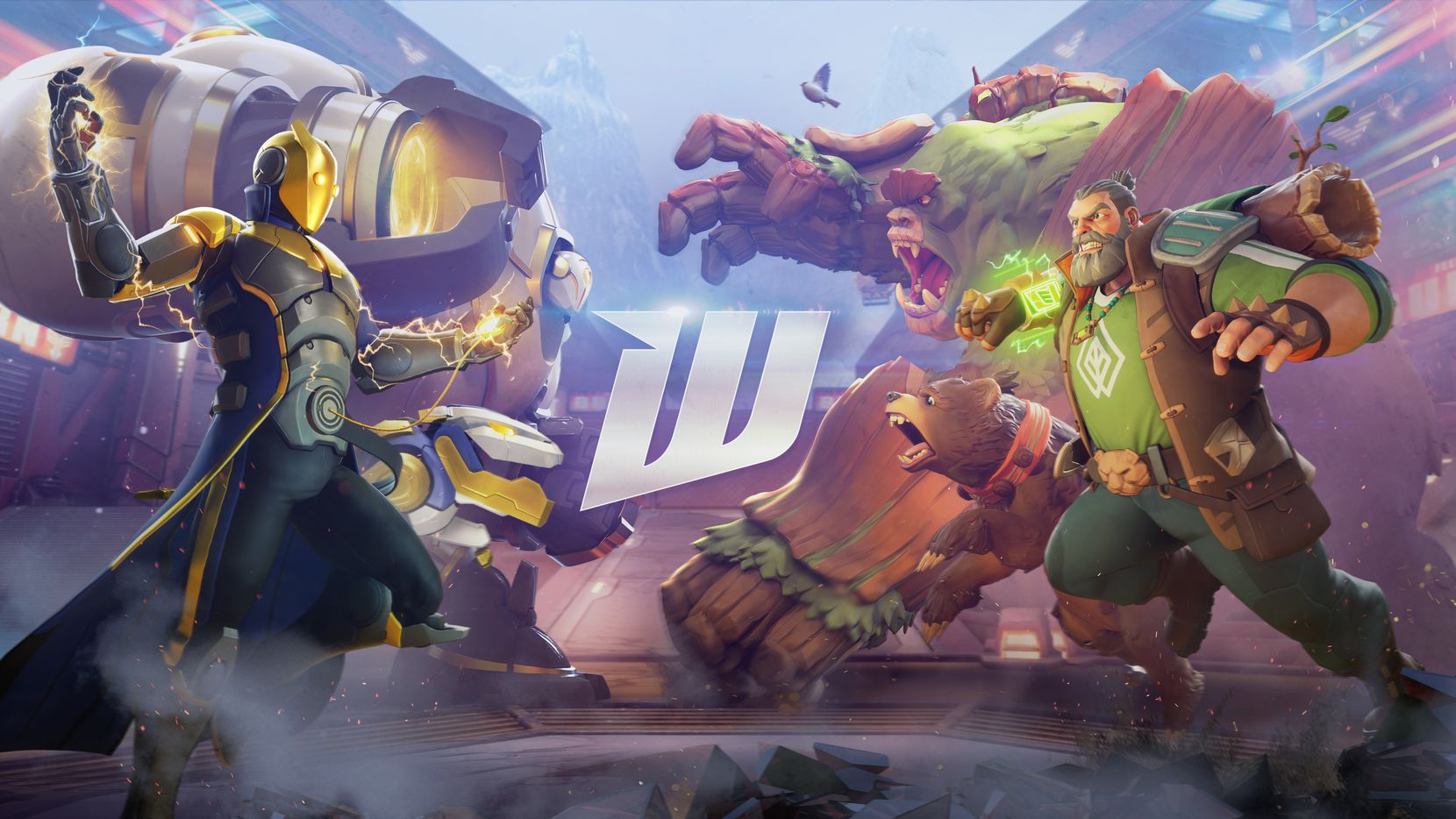
Case Studies: What Success Looks Like in Blockchain Gaming Marketplaces
Examining real-world examples provides insight into what works, and what pitfalls to avoid, in this evolving landscape. Axie Infinity, despite price fluctuations (with AXS currently at $2.23), remains a touchstone for how a thriving play-to-earn NFT economy can attract millions of users globally. Its marketplace volume, community engagement, and ability to adapt its reward mechanisms have set industry benchmarks (source).
UltiArena offers another compelling case study with its Proof-of-Gaming rewards system, players earn tokens by actively participating in games rather than simply holding assets. This approach incentivizes genuine engagement over speculation, helping maintain economic balance and player satisfaction (source). These examples underscore the importance of aligning incentives between developers and players while building scalable, sustainable economies.
Top Features of Leading Blockchain Gaming Marketplaces
-

True Digital Ownership via NFTs: Look for marketplaces that tokenize in-game assets as non-fungible tokens (NFTs), granting players verifiable ownership and the ability to freely trade, sell, or use items across supported platforms.
-
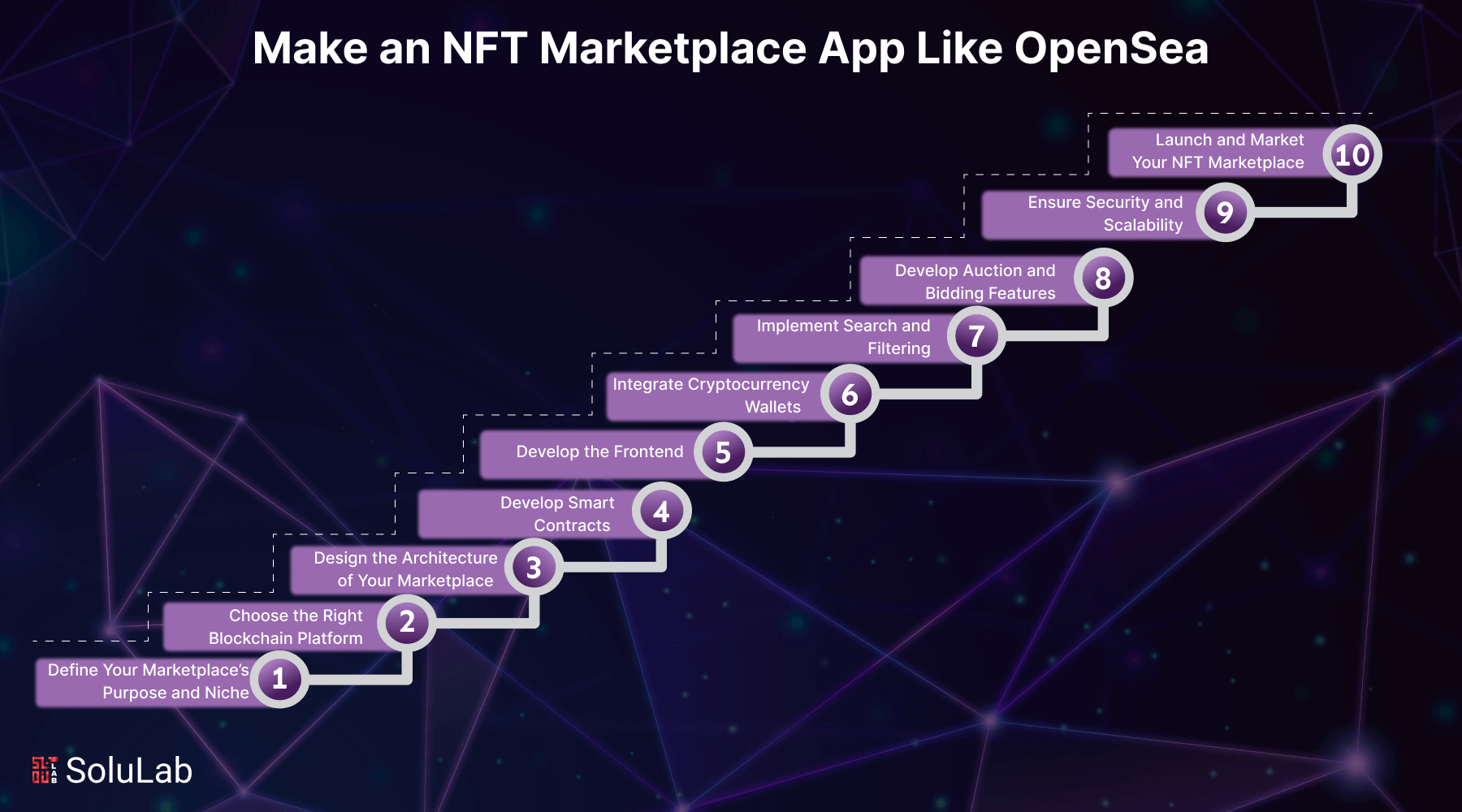
Decentralized Peer-to-Peer Trading: Platforms like OpenSea enable secure, direct trading between players without intermediaries, ensuring transparent and immutable transactions.
-

Cross-Platform Interoperability: Leading marketplaces support interoperable assets that can be used across multiple games and ecosystems, enhancing the value and utility of digital possessions.
-
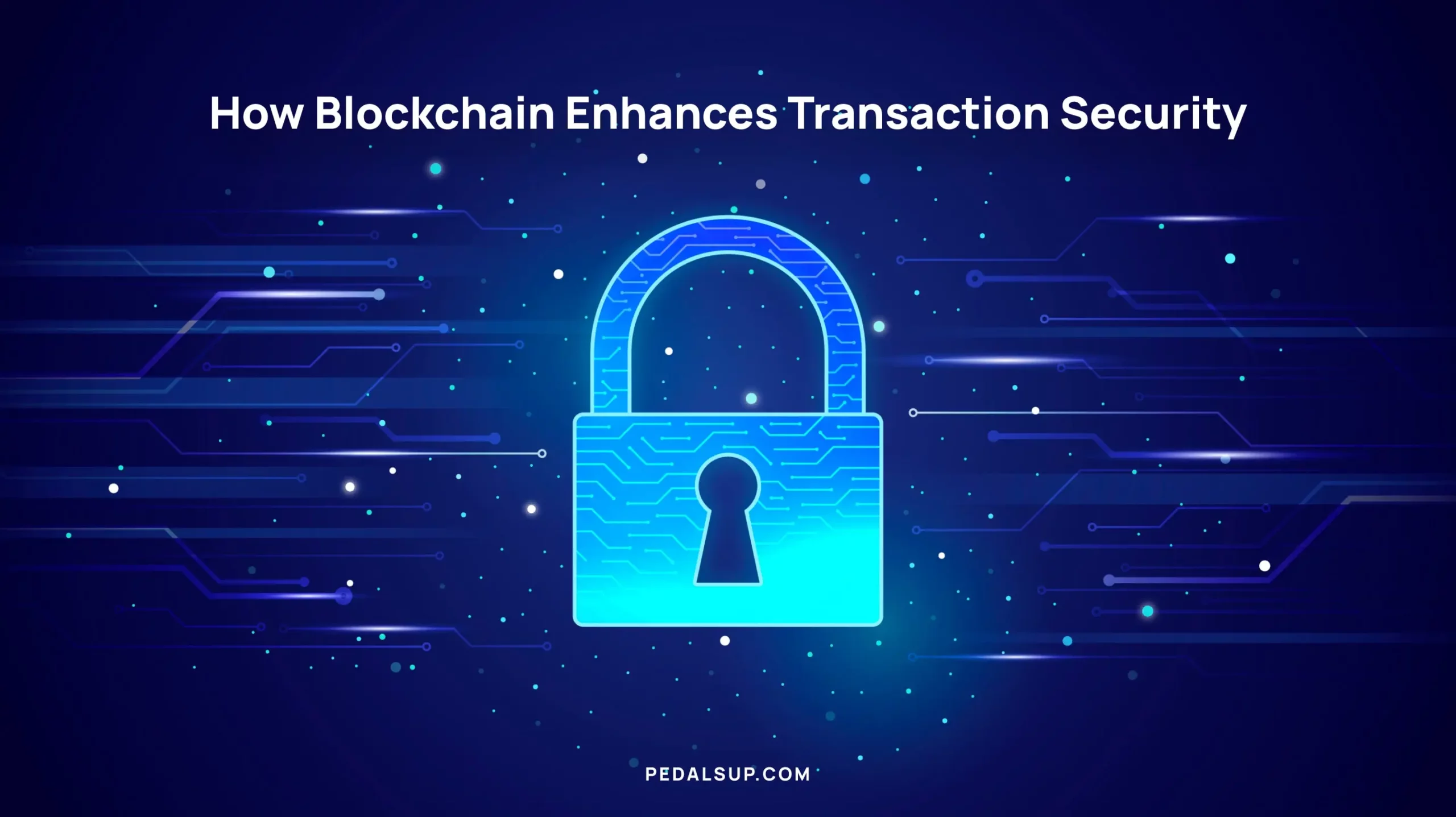
Transparent and Secure Transactions: Transactions are recorded on public blockchains, providing verifiable proof of ownership and minimizing risks of fraud or cheating.
-
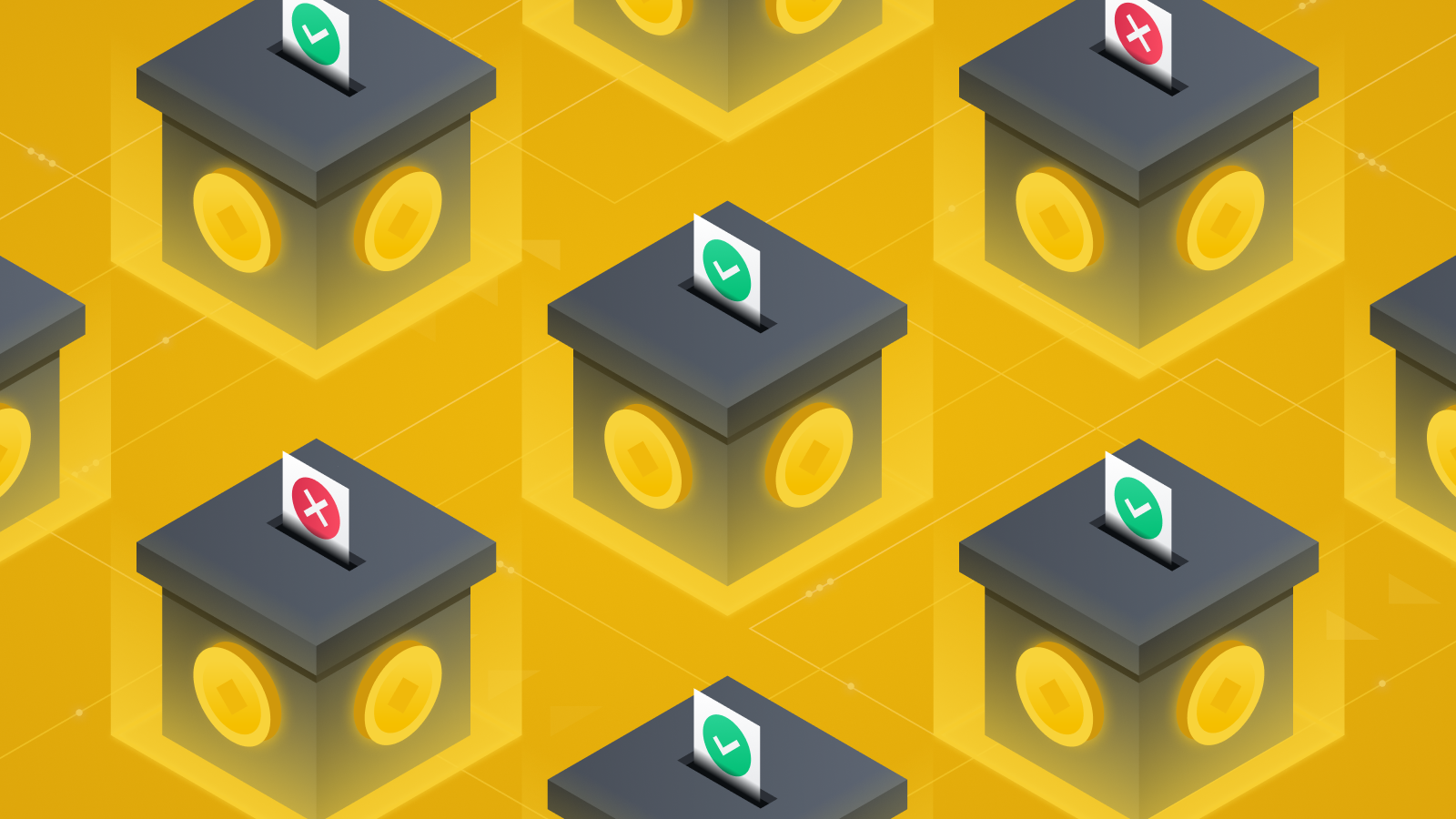
Decentralized Governance: Some marketplaces, such as those supporting governance tokens (e.g., Axie Infinity’s AXS), allow players to vote on updates, economic policies, and platform features, fostering a community-driven ecosystem.
-
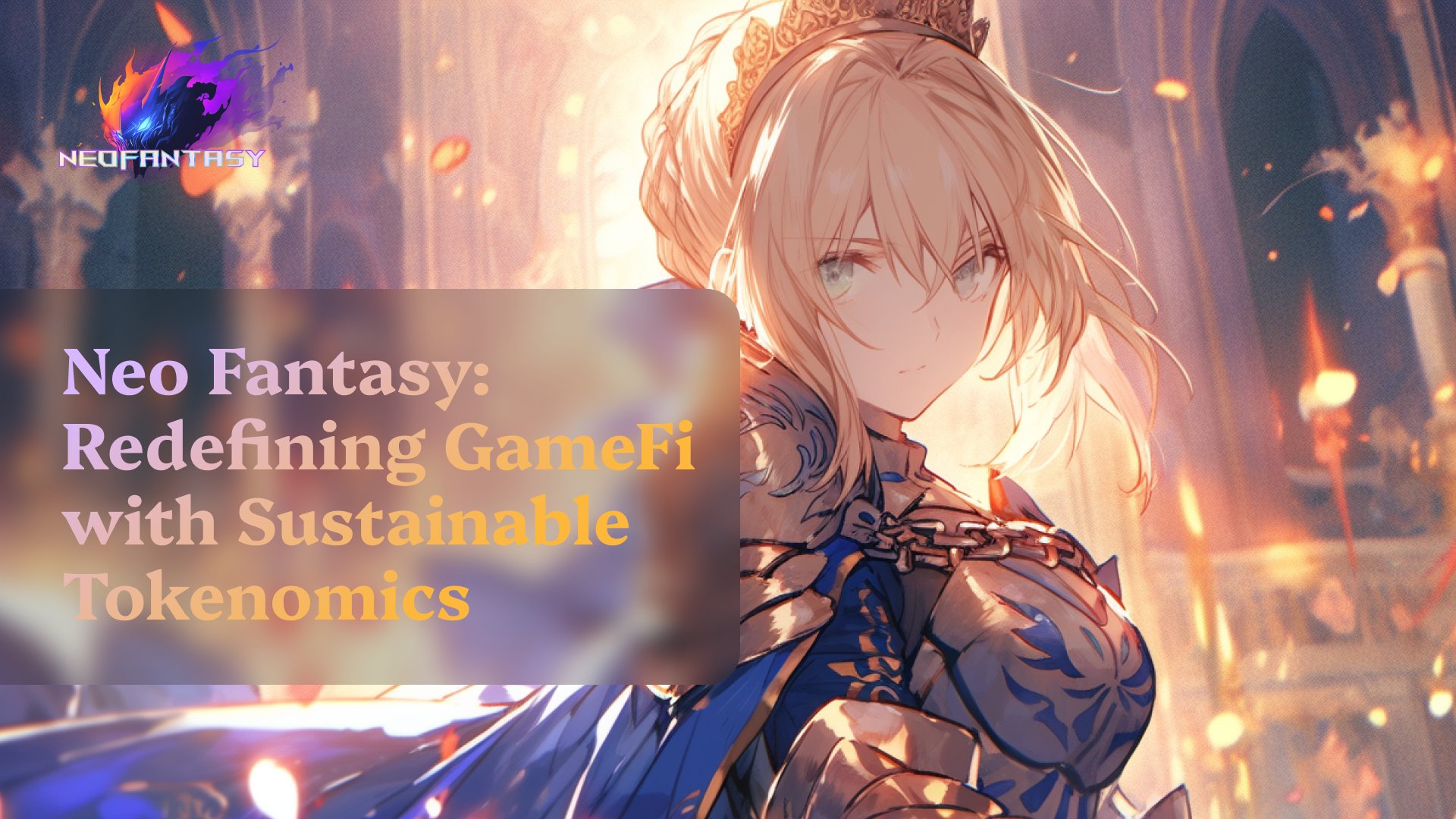
Merit-Based and Sustainable Reward Systems: Modern platforms are moving towards activity-driven rewards and balanced tokenomics, addressing past issues with inflationary models and ensuring long-term sustainability (e.g., Axie Infinity’s evolving reward structure, AXS price: $2.23).
-

Comprehensive Asset Marketplace: Top platforms offer robust marketplaces for trading a wide range of assets, including in-game items, characters, and land NFTs (e.g., UltiArena).
The Future of Open Blockchain Games and NFT Marketplaces
The next wave of blockchain gaming will likely focus on increased interoperability, user-friendly onboarding experiences, and enhanced security measures. As more studios experiment with cross-game asset utility and decentralized governance structures, we can expect richer ecosystems where creativity, and value, flow freely between platforms.
This evolution also signals new opportunities for gamers as digital entrepreneurs. Whether it’s flipping rare NFTs on open markets or contributing to game development through governance votes, players are no longer passive consumers, they’re active participants shaping the future of entertainment economies.
For those new to this space or looking to deepen their involvement, it’s essential to stay informed about both market trends and project fundamentals. Platforms like UltiArena and Axie Infinity demonstrate that with careful design and community alignment, play-to-earn NFT economies can thrive, even amid market volatility.
Checklist: Getting Started in Play-to-Earn NFT Economies
The revolution underway in blockchain gaming marketplaces is just beginning. As technology matures and communities grow more sophisticated, expect even greater convergence between gameplay enjoyment and real-world value creation, a shift that’s redefining what it means to play, earn, and own in virtual worlds.

